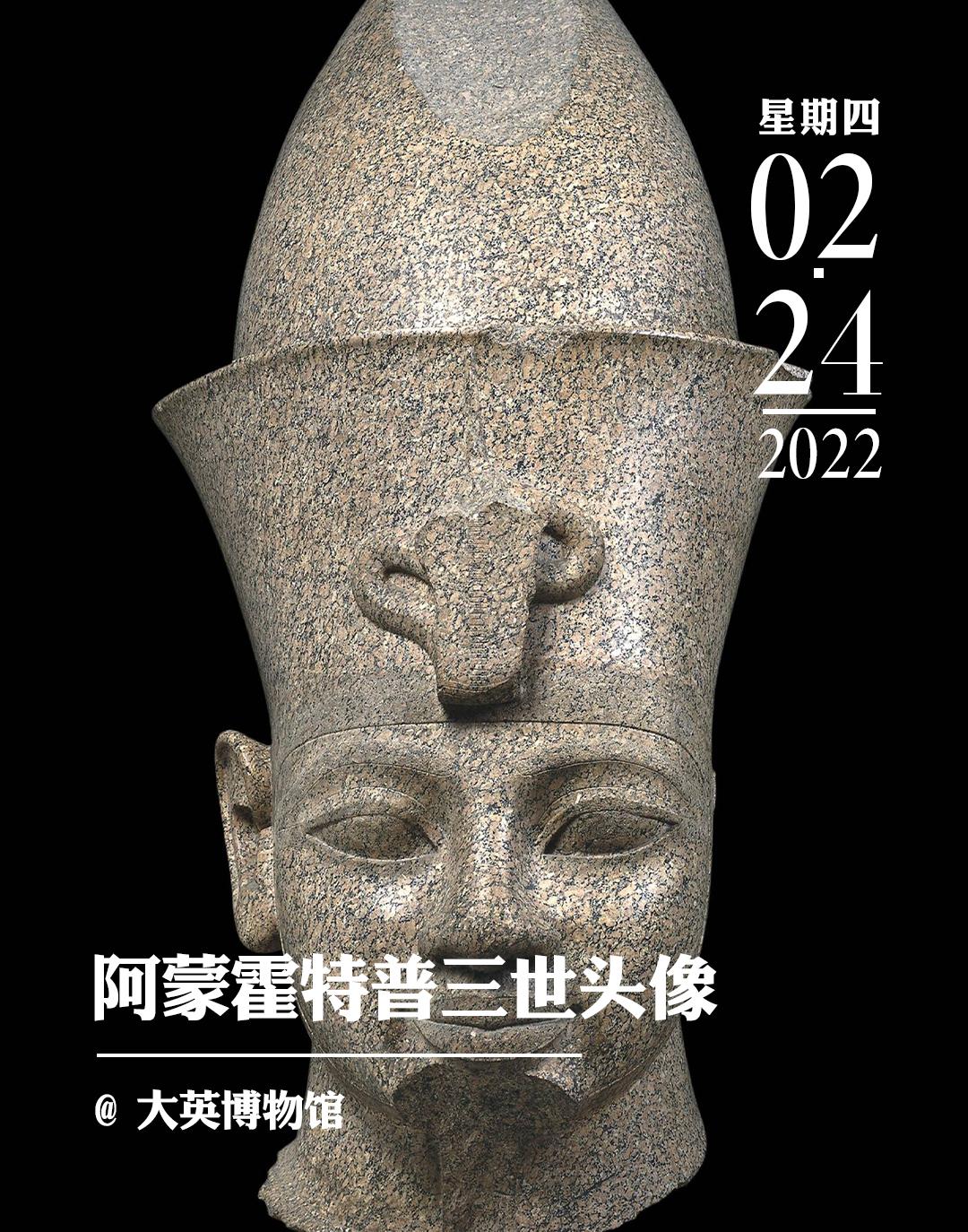History can be interesting, knowledge is all around you, and a daily treasure takes you from the clues of cultural relics to see through the dusty secrets. The treasure I want to interpret for you today is the head of Amenhotep III.
Head of Amenhotep III, 290 cm high and weighing about 3600 kg, made of granite. On the head of Amunhotep III, he wears a double-creation crown symbolizing the unity of upper and lower Egypt. Amenhotep III, a pharaoh of the Eighteenth Dynasty of ancient Egypt, ascended the throne between the ages of about 6 and 12 and reigned for 38 years (c. 1391 BC – c. 1353 BC).

Since Thutmose III set the precedent of marrying a foreign princess, other pharaohs of the New Kingdom of Egypt began to follow suit. Amenhotep III, the son of his father Thutmose IV and Princess Mutemwiya of Midanni, was a pharaoh of foreign descent.
Succeeded to the throne at a young age, Amenhotep III, a brave warrior skilled in equestrianism and archery, made an expedition to Nubia in the fifth year of his reign, after which he grew tired of conquest and turned to peace. There is currently only one record of military activities during his tenure, and the purpose of the war may be to ensure the safety of Egypt's gold transport lines from the Nubian region.
Amenhotep III's main achievements were peaceful diplomacy, the encouragement of artistic creation, and the construction of large numbers of works, which brought Egypt to the pinnacle of artistic and international power at that time. During his reign, egypt as a whole was both rich and stable, and the Eighteenth Dynasty reached its heyday, a period of unprecedented artistic prosperity and splendor.
Amenhotep III vigorously developed peaceful foreign relations, reconciling with the kings of Babylon, Midanni (in present-day northern Syria), and Cyprus, and his diplomatic deeds were mostly recorded in the Amal documents. As can be seen from the diplomatic correspondence of the Rulers of Assyria, Midani, Babylon, and Hittites, these rulers often demanded numerous gold and other gifts from the pharaohs. Because almost all the Asian kings who had a demand for Egyptian gold at that time used gold as a measure of their friendship with Egypt.
To date, more than 250 surviving statues of Amenhotep III have been discovered and identified, spanning the entire life of Amenhotep III, providing the world with a series of portraits covering the entire length of his reign. He built many magnificent buildings, including the Temple of Siddhibis and the Colossi of Memnon in Luxor and the Temple of the Amenhotep, which even surpassed Ramesses II.
After the death of Amenhotep III, he left behind a state of great power and influence that was greatly respected internationally; however, he placed the politics and religion of Egypt under the authority of the High Priest of Amun, leading to the later Reformation of his son Amenhotep IV. Throughout the pharaoh's life, it can be said that Amenhotep III was an outstanding diplomat and artist.